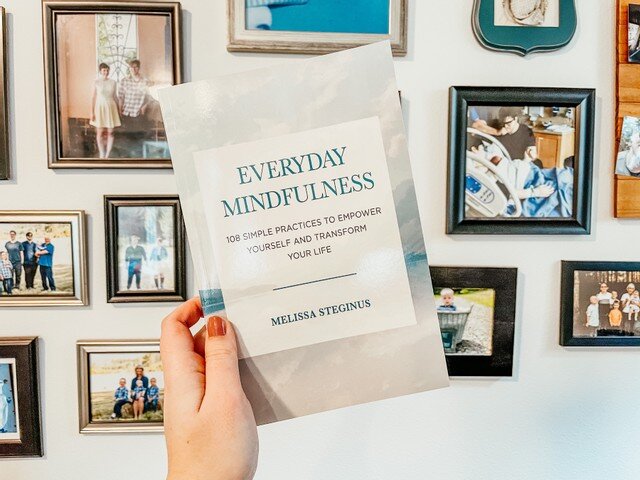I promise someday I won’t start every single blog post the same way, but I do think it stands repeating: the last year has been tough for all of us. It’s been a tougher year for other people and we all know that—even if we’re exceedingly privileged (and I’ll count myself in that category), this has been a tough year mentally. As we come up on the one year anniversary of the start of lockdowns in the US (Oregon closed schools and went into lockdown on my husband’s birthday, March 14, which is a grim anniversary to be quite honest), a lot of us are having an even more difficult time.
I know I am. It’s been a full year of this, of not seeing my friends, of not traveling, of not having much to look forward to.
But I do want to say: we are all so resilient. Even if you’ve had a tough time, you’ve made it, you’re still here. You’re reading this blog post, you want to improve or find hope or have an easier time adapting to a new world. You wake up every day and even if all you do is survive, you do it. That deserves celebration.
In December, I was sent the book Everyday Mindfulness by Melissa Steginus. Melissa is a “coach and wellness specialist helping people structure their work and lives to be intentional, empowering, and fulfilling.” That’s right up my alley, right? My word for 2021 is intentional: living intentionally, making decisions with intent, and finding joy in small things. Basically: romanticizing my life! I love books about mindfulness, especially ones like this that act as workbooks, and I was so ready to dive in.
(If you’d like to read more about Melissa, you can click here to go to her website!)
Here are a few things I love about this book: it works on a day-to-day system, which lets you break down each section into a single day. If you’re new to mindfulness, or even new to journaling (my favorite!), this is perfect: you can use each day as an opportunity to really commit to yourself and your goals. There are 108 days worth of activities—that’s about 3 months. Perfect for getting started on the right foot this year!
Working your way through each section of the book and each activity gives you a full picture of mindfulness. This is really a book meant to be consumed from cover to cover—it’s an investment and a powerful one, if you let it! But it’s not meant to be opened to a random page and read quickly.
When I told my therapist about this book, she was really excited because it’s everything she’s been trying to tell me, in bits and pieces, for years. The good thing about it is that it’s all right here in one convenient book—perfect for people who like to work their way through things slowly, with the ability to flip back.
Everyday Mindfulness is divided into 6 larger sections: Physical; Emotional; Rational; Spiritual; Occupation; and Network. For me, I know I needed to spend more time listening to my body (in a way that wasn’t overly anxious and stressful—Dr. Google is not my friend) and managing my time and energy in my career and relationships. I haven’t quite gotten to sections 5 and 6 quite yet, but I’m really excited for them. Each section has given me a better view of myself and how I can live more mindfully, while also giving me an opportunity to relax, reflect, and de-stress every single day.
If you’re in the market for a book to help with your stress levels, or just living more intentionally, this is my top recommendations. Here are some links you might enjoy as well:
Thanks for reading!



















